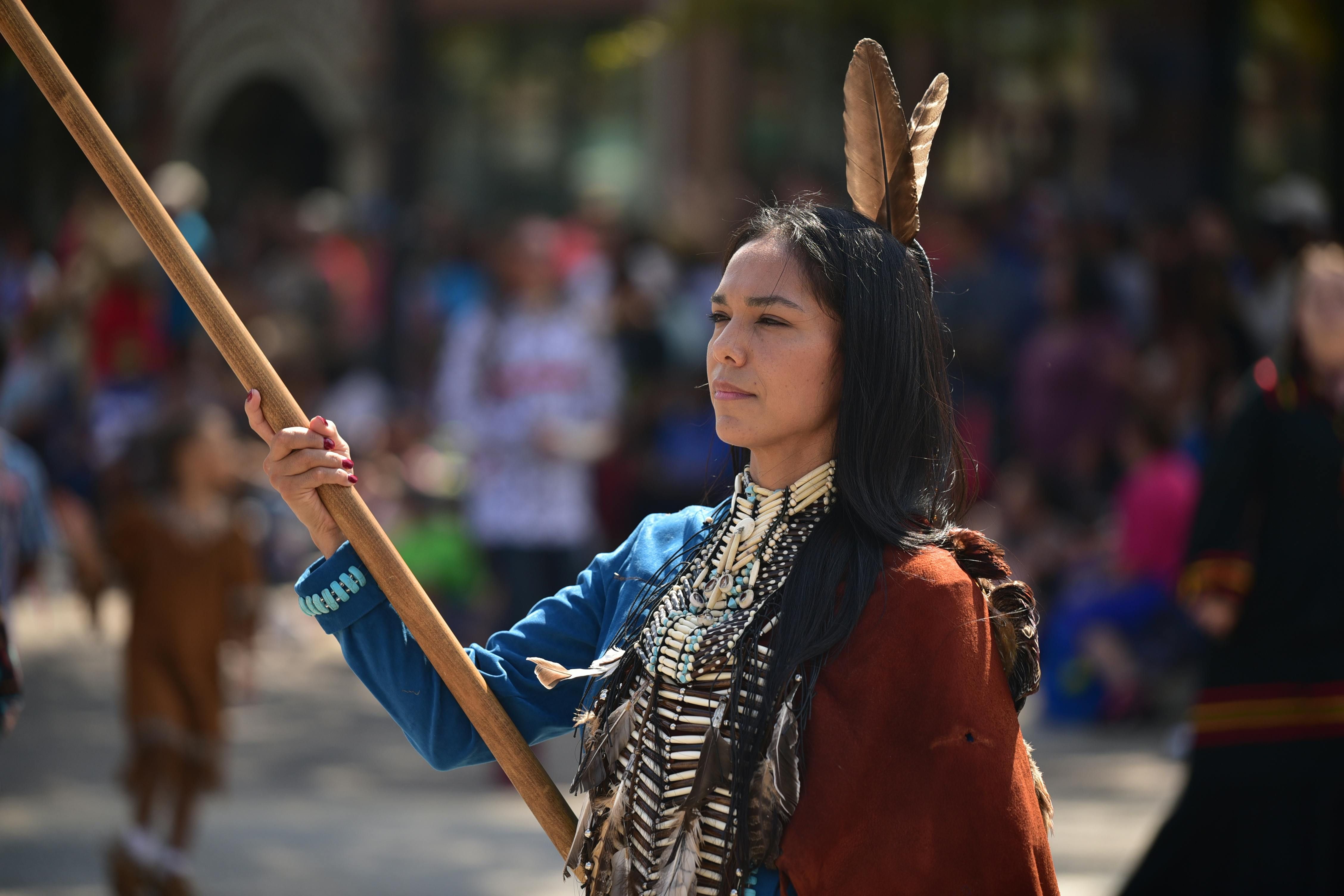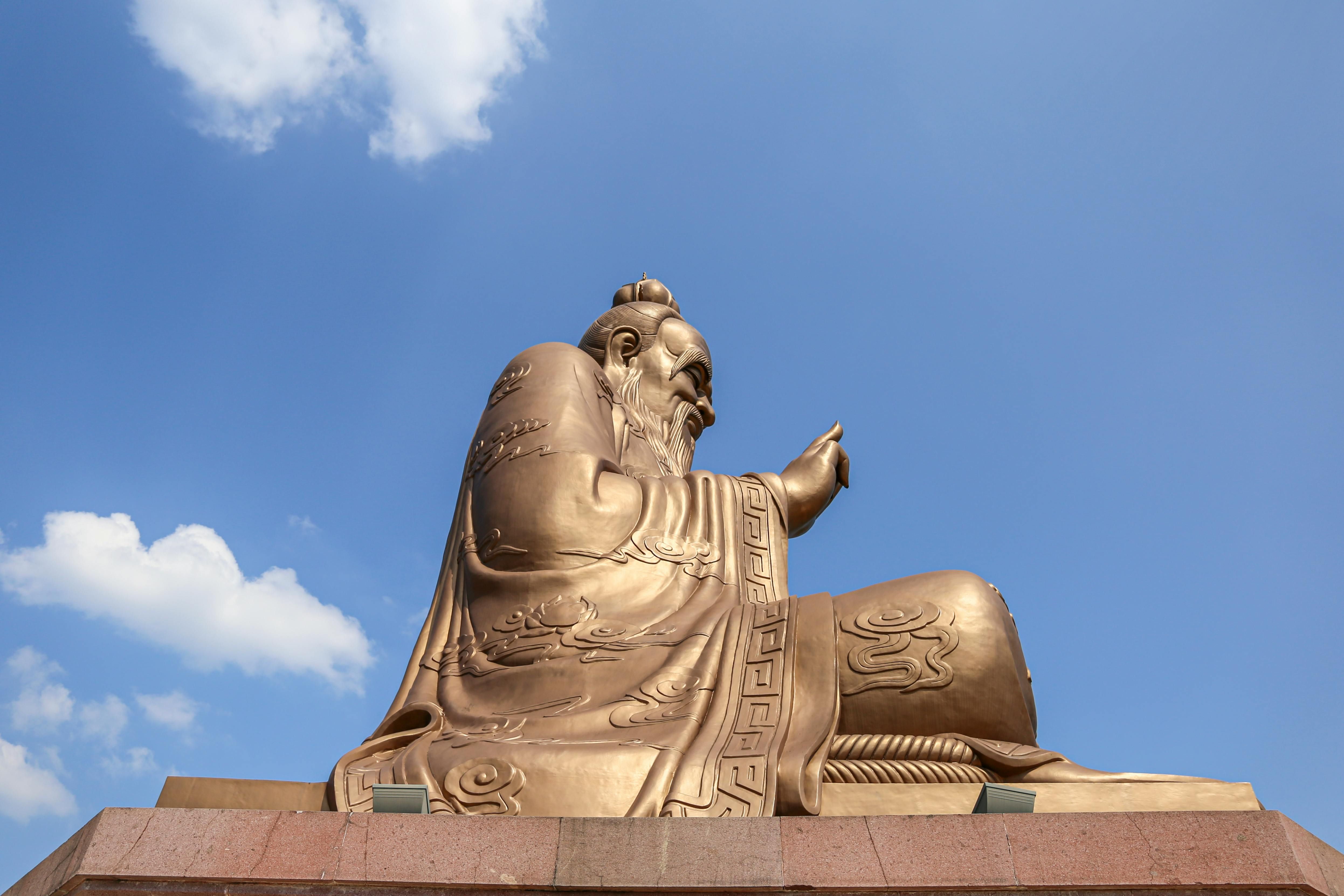
Intermittent Fasting as a Potential Aid in Addiction Recovery for Women
Addiction recovery is tough, and for many women, finding holistic tools to support the process is crucial. While therapy, medication, and support grou...

When we think of fasting, Ramadan and Lent come to mind, but there’s a rich history of fasting practices that have been part of spiritual and cultural traditions around the world for centuries. From ancient Native American rituals to the deep spiritual practices of Jainism, fasting has long been viewed as a powerful tool for achieving mental clarity, spiritual purification, and self-discipline.
Let’s explore how these historical fasting practices have evolved and how they still influence millions of people today.
Native American fasting rituals date back centuries, deeply intertwined with spirituality and the natural world. Fasting was often used as a way to prepare for vision quests, a rite of passage for young men, but also used by elders or shamans seeking spiritual guidance. The fasts could last up to four days and would usually be accompanied by solitude in nature, reflecting the profound connection Native American cultures have with the earth and their ancestral spirits.
Historical Insight: Native American tribes such as the Lakota and Apache practiced vision quests as part of their spiritual tradition. These quests were meant to bring about visions or dreams from the spirit world, providing insight or guidance for the individual. The fast was seen as a way to purify the body and mind, allowing the participant to become more receptive to spiritual messages.
Pro Tip: Today, this connection between fasting, nature, and spiritual clarity remains central to many Native American rituals. Even if you’re not embarking on a full vision quest, fasting in nature can be a powerful way to reconnect with yourself and the environment around you.

Buddhist fasting traditions, which date back over 2,500 years to the time of Siddhartha Gautama (the Buddha), aren’t centered around food deprivation, but rather the cultivation of mindfulness. Buddhist monks, for instance, have practiced intermittent fasting as a way to distance themselves from earthly cravings and material desires. The Buddha himself advocated for the Middle Way, which encouraged neither extreme indulgence nor extreme asceticism but instead sought a balanced approach to life—including eating.
Historical Insight: In Buddhist monasteries, monks typically eat only in the morning, refraining from consuming food after noon. This practice is still common in Theravada Buddhist traditions across countries like Thailand and Sri Lanka. The discipline of fasting is considered a step toward nirvana, the ultimate state of enlightenment.
Pro Tip: In modern times, the principles of mindful eating—taking the time to savor every bite and recognize fullness—have become popular. This form of fasting is approachable and aligns with today’s growing awareness of the importance of mindfulness in daily life.

Fasting is perhaps most extreme in Jainism, an ancient Indian religion that places a heavy emphasis on ahimsa (non-violence) and spiritual purity. Fasting has been a part of Jain practices for thousands of years and is often used to purify the soul, shed karmic debts, and move closer to spiritual liberation (moksha). Fasts can range from skipping a single meal to more severe forms like Santhara, where the individual voluntarily fasts until death as a means of achieving ultimate liberation from the cycle of rebirth.
Historical Insight: The roots of fasting in Jainism are embedded in the religion’s early scriptures, including the Agamas, which date back to the 6th century BCE. The practice is especially emphasized during Paryushana, an annual period of reflection and penance for Jains, during which fasting is considered a way to shed past sins and karma.
Pro Tip: While such extreme forms of fasting are not for everyone, the discipline and spiritual focus of Jain fasting can inspire people today to use fasting as a tool for deeper reflection and self-control.

Fasting in Hinduism is an ancient practice that has been deeply embedded in Indian culture for millennia. Hindu texts like the Vedas and Upanishads, which date back to 1500 BCE, reference fasting as a form of penance, purification, and devotion. Hindus believe that by fasting, they can show their dedication to a particular deity, atone for sins, and cleanse the body and mind. Different deities are honored with various types of fasts—Ekadashi, for instance, is observed twice a month in honor of Vishnu, while Navratri fasts celebrate the goddess Durga.
Historical Insight: One of the earliest mentions of fasting in Hinduism is found in the Mahabharata, where it is described as a way to purify oneself and earn the blessings of the gods. The practice of fasting has been passed down through generations and continues to be an integral part of religious festivals and personal devotion.
Pro Tip: In Hinduism, fasting is often combined with prayer and meditation, reminding us that fasting is not just about food but also about renewing one’s spiritual connection.

The ancient Chinese philosophy of Taoism focuses on achieving balance and harmony in the body, mind, and soul, and fasting is seen as one way to regulate qi (life energy). The practice of Bigu, or “grain avoidance,” is believed to enhance one’s connection with the universe by eliminating certain foods from the diet. Taoist fasting has been practiced for thousands of years, particularly in the search for immortality and spiritual purification.
Historical Insight: Laozi, the founder of Taoism, believed that avoiding certain foods could help individuals maintain their spiritual energy and live longer, healthier lives. Early Taoist texts, such as the Tao Te Ching, emphasize the importance of living in harmony with the universe, and fasting was seen as a way to reduce physical distractions and focus on cultivating inner strength.
Pro Tip: In today’s world, fasting as a means of “cleansing” or rebalancing the body is common, especially in wellness circles. While you might not be chasing immortality, fasting can help you restore balance in your life and improve your overall well-being.

Fasting has played a vital role in spiritual traditions across the globe for thousands of years. Whether it’s the vision quests of Native American cultures, the mindful eating practices of Buddhists, the intense spiritual purification in Jainism, or the devotional fasting of Hindus and Taoists, fasting has always been more than just abstaining from food—it’s a path to mental clarity, spiritual growth, and self-discipline.
Exploring these ancient practices shows us that fasting isn’t a one-size-fits-all approach, but a deeply personal and culturally rich experience. By adopting the principles of these spiritual fasting traditions, we can cultivate mindfulness, peace, and a deeper connection with the world around us—while honoring the long history that has shaped these practices.

Addiction recovery is tough, and for many women, finding holistic tools to support the process is crucial. While therapy, medication, and support grou...

The Intermittent Fasting StruggleI'm just going to start out by saying - I get it. Intermittent fasting is no joke! Whether you're doing it for weight...

If you're anything like me, you've probably been riding the intermittent fasting wave like a total boss babe. But I know what's been keeping you up at...

The culture of mental empowerment and self-care continues to gain ground; an increasing number of women use the ancient, yet always relevant method – ...

The connection between what we eat and how we feel is powerful—certain foods provide the nutrients our brain needs to support mood, energy, and overal...